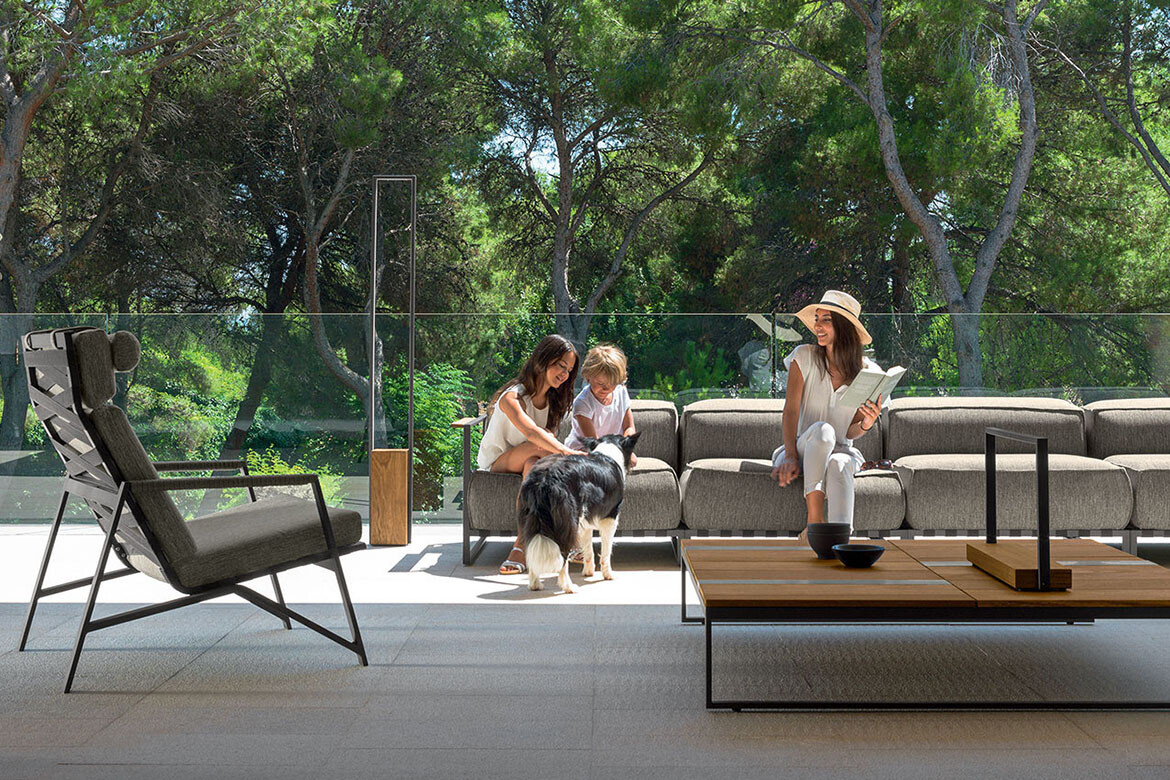Zen to Kawaii: The
Japanese Affect, open from July 13 to December 19, follows the inspirations of 17 artists and traces the j-pop influences on their various works.
Curator Vanessa Van Ooyen says the exhibition draws on traditional
Japanese design ideals found in concepts such as wabi-sabi, mono no aware,
garden design, suiseki and ikebana through contemporary j-pop culture dominated
by imagery from manga to anime.

Benedict Ernst, Suiseki 1 2007, Polystyrene, wood and paint. Courtesy of the artist and Hitesh Natalwala
The search 2005
Collage on canvas. Private collection
“It’s well documented that [Japanese culture] has influenced major
artists and art movements since the 19th century,” she says.
“Artists have sought the aesthetic elements embodied in traditional
customs that value simplicity, asymmetry, naturalness and beauty in the
understated and every day.”
According to Van Ooyen it’s a culture valuing manga (comics) and anime
(animation), where high and low art forms have equal status with technology and
hand-making the preferred mediums.

Natalya Hughes, Clumpet 2009, Watercolour on paper, Courtesy Milani Gallery, Brisbane
Yet, its dominant visual language values all things kawaii (meaning
“cute”) including shiny surfaces, playfulness, brash colour, the super sweet,
anthropomorphic animals and imagined worlds.
Two of the many participating artists, Natalya Hughes and Melbourne’sBenedict Ernst, have demonstrated design leanings with Hughes drawing on the
design motifs of Art Noveau and Ernst’s sculptural work paying tribute to
traditional Japanese garden design and suiseki – the art of stone appreciation,
and the use of materials considered consumer detritus – polystyrene, Kit Kat
wrappers and scraps of timber and cardboard.

Pip & Pop, Three minutes happiness 2009, Mixed media, Courtesy of the artist and Kate Rhode, Crab 2009, Mixed Media, 120 x 35 x 30cm. Courtesy Karen Woodbury Gallery.
Van Ooyen says the exhibition’s Japanese inspiration is also underpinned
by a strong message of social critique, art history and personal experience.
Zen
to Kawaii: The Japanese Affect.
WHEN: Tuesday,
Thursday and Friday, 10am-5pm; Wednesday, 10am-8pm; Saturday and Sunday,
12pm-4pm.
WHERE: Queensland
University of Technology (QUT) Art Museum, U Block, 2 George Street, Brisbane
CBD.
COST: Free.
Hero Image: Ghostpatrol, Circle gather and larger decisions 2010, Pencil on paper. Courtesy of the artist.
Words: Stephanie Madison











